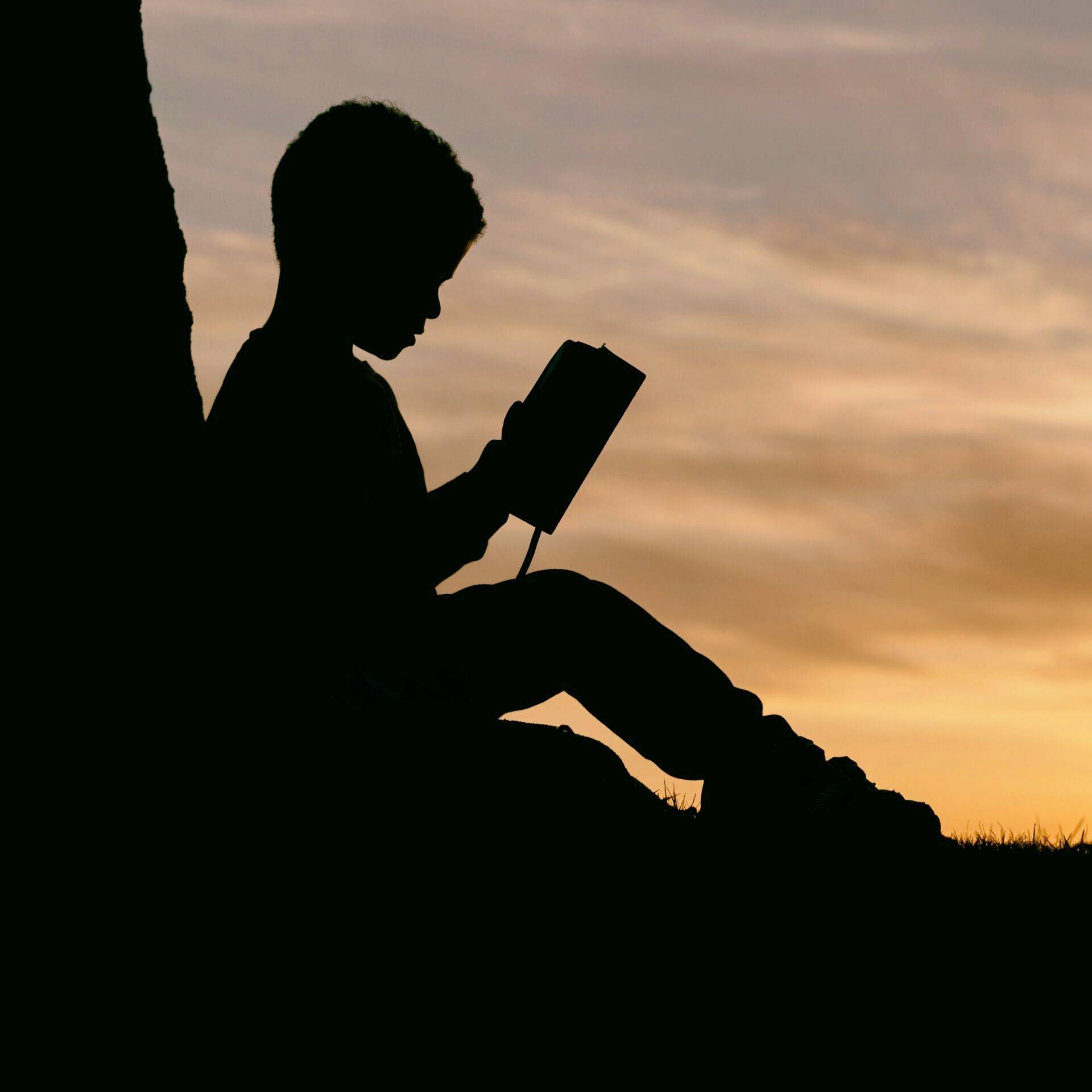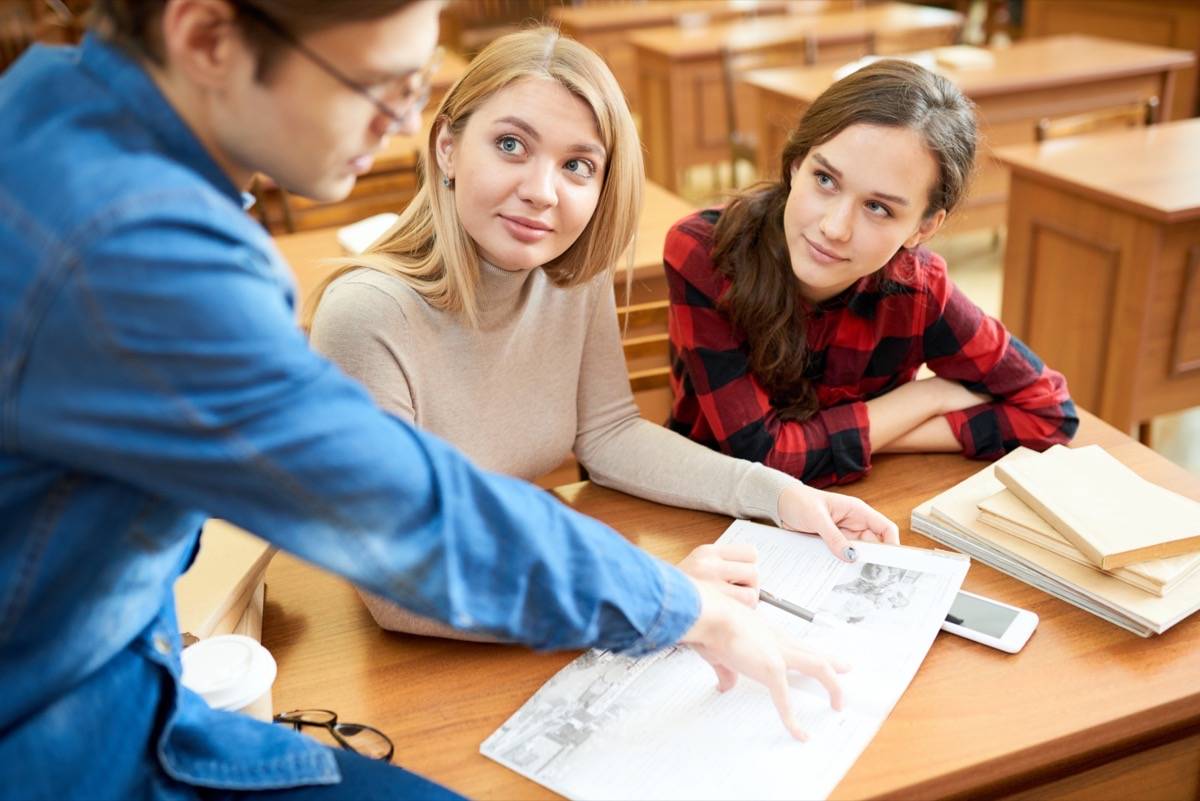Discover the benefits of experiential learning pedagogy for students. Find out how hands-on experiences and real-world scenarios foster critical thinking, problem-solving, and practical application of knowledge. Gain essential life skills and prepare for success in the complex world.
Experiential learning pedagogy, an innovative approach to education, provides students with the opportunity to actively engage in hands-on experiences, enabling them to deepen their understanding of concepts beyond traditional classroom learning. By incorporating real-world scenarios, immersive activities, and reflective practices into the curriculum, this pedagogy fosters critical thinking, problem-solving skills, and practical application of knowledge. Through this experiential approach, students not only gain a deeper grasp of academic content but also develop essential life skills, such as teamwork, communication, and adaptability, that are crucial for success in the complex and dynamic world.
Definition of Experiential Learning Pedagogy
Experiential learning defined
Experiential learning is an educational approach that emphasizes learning through direct experience and active engagement with the subject matter. It involves a hands-on, immersive approach that goes beyond traditional classroom instruction. Instead of passively receiving information, students actively participate in experiences that allow them to apply concepts, solve problems, and reflect on their learning. Experiential learning encourages students to take ownership of their education and develop a deep understanding of the subject matter.
Characteristics of experiential learning
Experiential learning is characterized by several key attributes. First, it is learner-centered, focusing on the individual student’s needs, interests, and abilities. Second, it is based on real-life experiences, connecting the classroom to the outside world. Third, it is an active, engaging process that promotes critical thinking, problem-solving, and decision-making skills. Fourth, it involves reflection, allowing students to analyze and evaluate their experiences. Finally, it is a cyclical process that encourages continuous learning and improvement.
Principles of Experiential Learning Pedagogy
Principle 1: Learning by doing
The first principle of experiential learning is “learning by doing.” This principle emphasizes the importance of active engagement with the subject matter. Instead of passively listening to lectures or reading textbooks, students actively participate in activities that require them to apply their knowledge in practical ways. This hands-on approach allows students to develop a deeper understanding of the material and helps to bridge the gap between theory and practice.
Principle 2: Reflection
The second principle of experiential learning is “reflection.” Reflection is the process of thinking critically about one’s experiences and extracting lessons and insights from them. Through reflection, students can analyze their actions, thoughts, and feelings during the learning experience, identify strengths and areas for improvement, and make connections to prior knowledge. Reflection fosters metacognition, enabling students to become more aware of their own learning processes and develop a conscious approach to learning.
Principle 3: Connection to real-world contexts
The third principle of experiential learning is “connection to real-world contexts.” Experiential learning aims to bridge the gap between the academic and the practical by providing students with authentic, real-life experiences. By connecting their learning to real-world contexts, students can see the relevance and applicability of what they are learning. This connection helps to motivate students, as they can see how their knowledge and skills can be applied in their future lives and careers.
Benefits of Experiential Learning Pedagogy
Enhanced engagement and motivation
Experiential learning promotes enhanced engagement and motivation among students. When students are actively involved in their own learning experiences, they are more invested and interested in the subject matter. This engagement leads to a greater sense of ownership and responsibility for their learning outcomes. By participating in hands-on activities and real-life experiences, students are motivated to explore, experiment, and discover new knowledge and skills.
Improved retention and application of knowledge
Experiential learning has been shown to improve retention and application of knowledge. When students have the opportunity to apply what they have learned in a practical setting, they are more likely to remember and understand the information. The hands-on, immersive nature of experiential learning allows for deeper processing and encoding of information into long-term memory. Additionally, by actively using their knowledge in real-life situations, students develop a deeper understanding of how concepts and theories can be applied to solve problems and achieve goals.
Development of critical thinking and problem-solving skills
Experiential learning helps to develop critical thinking and problem-solving skills in students. Through hands-on experiences, students are exposed to real-world challenges and must think critically to find solutions. They learn to analyze problems, evaluate options, make informed decisions, and take action. Experiential learning also encourages students to develop a growth mindset, where they see challenges as opportunities for learning and growth. These critical thinking and problem-solving skills are essential for success in both academic and professional settings.
Promotes Holistic Development of Students
Encourages active participation
Experiential learning encourages active participation among students. Rather than being passive recipients of information, students are actively involved in their own learning process. They participate in hands-on activities, collaborate with peers, and take responsibility for their own learning outcomes. This active participation promotes engagement, curiosity, and a sense of ownership over the learning process.
Cultivates creativity and innovation
Experiential learning cultivates creativity and innovation in students. By exploring real-world challenges and actively engaging with the subject matter, students are encouraged to think outside the box and generate unique solutions. They are encouraged to take risks, experiment, and explore new possibilities. Experiential learning provides a safe and supportive environment for students to unleash their creativity and develop innovative problem-solving skills.
Fosters social and emotional growth
Experiential learning fosters social and emotional growth in students. By participating in hands-on activities and collaborating with peers, students develop important social skills such as communication, teamwork, and empathy. They learn to work effectively with others, resolve conflicts, and appreciate diverse perspectives. Experiential learning also provides opportunities for students to explore and understand their own emotions, develop self-awareness, and build resilience.
Strengthens Collaboration and Teamwork
Encourages communication and interpersonal skills
Experiential learning encourages communication and interpersonal skills among students. Through collaborative projects and group activities, students have opportunities to practice effective communication, active listening, and respectful dialogue. They learn to express their ideas clearly, articulate their thoughts, and engage in meaningful discussions. These communication and interpersonal skills are vital for success in both academic and professional settings.
Promotes cooperation and shared decision-making
Experiential learning promotes cooperation and shared decision-making. In group settings, students learn to work together towards a common goal, respect each other’s ideas, and consider multiple perspectives. They develop skills in negotiation, compromise, and consensus-building. By engaging in shared decision-making processes, students learn to value and appreciate different viewpoints, fostering a sense of inclusivity and collaboration.
Develops leadership skills
Experiential learning provides opportunities for students to develop leadership skills. Through group projects and real-life experiences, students can take on leadership roles, delegate tasks, and guide their peers towards achieving shared objectives. They develop skills in goal-setting, decision-making, and problem-solving. Experiential learning helps to cultivate confident and effective leaders who can inspire and empower others.
Prepares Students for Real World Challenges
Provides practical skills and experience
Experiential learning provides students with practical skills and real-life experience that prepare them for the challenges of the real world. By engaging in hands-on activities, simulations, and role-plays, students acquire practical skills that can be directly applied in their future careers or personal lives. These skills may include critical thinking, problem-solving, communication, time management, and adaptability.
Enhances adaptability and resilience
Experiential learning enhances students’ adaptability and resilience. By exposing students to real-world challenges and uncertainties, experiential learning helps them develop the ability to navigate and thrive in dynamic environments. Students learn to embrace change, adjust their strategies and approaches, and remain resilient in the face of setbacks and obstacles. These adaptability and resilience skills are crucial for success in an ever-evolving world.
Helps students explore career paths
Experiential learning helps students explore various career paths and gain insight into their own interests and aptitudes. By engaging in internships, apprenticeships, and service-learning programs, students can immerse themselves in real-world work environments and gain firsthand experience in different fields. Experiential learning allows students to make informed decisions about their future career paths, develop a sense of purpose, and align their educational experiences with their professional aspirations.
Incorporating Experiential Learning Pedagogy
Integrating field trips and excursions
One way to incorporate experiential learning pedagogy is by integrating field trips and excursions into the curriculum. Field trips provide students with authentic, real-life experiences that connect their learning to the outside world. By visiting museums, cultural sites, businesses, or natural environments, students can apply what they have learned in the classroom in a practical and meaningful way. Field trips also promote engagement, curiosity, and a sense of adventure in students.
Implementing project-based learning
Another way to incorporate experiential learning pedagogy is by implementing project-based learning. Project-based learning involves students working on long-term, interdisciplinary projects that require them to apply their knowledge and skills to solve real-world problems. By engaging in projects that simulate real-life scenarios, students develop a deeper understanding of the subject matter, enhance their critical thinking and problem-solving skills, and collaborate with their peers.
Introducing simulations and role-plays
Simulations and role-plays are effective methods of incorporating experiential learning. Simulations provide students with a simulated, real-world environment where they can practice applying their knowledge and skills. Role-plays involve students assuming different roles and engaging in scenarios that require them to interact and make decisions. These interactive and immersive experiences allow students to practice communication, problem-solving, and decision-making skills in a controlled and supportive environment.
Challenges and Limitations of Experiential Learning
Time and resource constraints
One challenge of implementing experiential learning is the time and resource constraints it may present. Experiential learning often requires additional time for planning, preparation, and execution of hands-on activities, field trips, or projects. It may also require access to specialized equipment, materials, or external resources. Schools and educators must consider these constraints and find innovative ways to overcome them, such as collaboration with external partners or utilizing technology.
Assessing learning outcomes
Assessing learning outcomes in experiential learning can be challenging. Traditional methods of assessment, such as standardized tests or written exams, may not accurately capture the skills and knowledge developed through experiential learning. Schools and educators must develop alternative assessment methods, such as portfolios, presentations, or performance-based assessments, that align with the goals and objectives of experiential learning. Assessments should focus on students’ ability to apply their learning, think critically, and solve real-world problems.
Addressing diverse learning needs
Experiential learning may present challenges in addressing diverse learning needs. Different students may have varying learning styles, abilities, interests, or backgrounds, which can affect their participation and engagement in experiential learning activities. Schools and educators must ensure that experiential learning is inclusive and accessible to all students. This may involve providing differentiated instruction, scaffolding support, or modifying activities to cater to individual needs. Collaboration with support staff, parents, and community resources may be necessary to address diverse learning needs effectively.
Successful Examples of Experiential Learning Pedagogy
Internship and apprenticeship programs
Internship and apprenticeship programs are successful examples of experiential learning pedagogy. These programs provide students with opportunities to gain practical experience and develop industry-specific skills while working with professionals in the field. Through internships and apprenticeships, students can apply their classroom knowledge in authentic work settings, build valuable networks, and gain a deeper understanding of career pathways.
Service-learning initiatives
Service-learning initiatives are another successful example of experiential learning pedagogy. Service-learning involves students participating in community service projects that are integrated into the curriculum. Through service-learning, students have opportunities to apply their knowledge and skills to address real community needs, while also developing empathy, civic responsibility, and a sense of social activism. Service-learning initiatives benefit both the students and the communities they serve.
Outdoor education programs
Outdoor education programs are successful examples of experiential learning pedagogy that utilize the natural environment as a learning resource. These programs provide students with hands-on experiences in outdoor settings, such as nature reserves, parks, or wilderness areas. Through outdoor education, students can develop a deeper appreciation for the environment, build resilience, and gain practical skills related to outdoor activities and sustainability.
Conclusion
Experiential learning pedagogy offers numerous benefits to students, educators, and the broader educational community. Its emphasis on learning by doing, reflection, and connection to real-world contexts enhances engagement, motivation, and retention of knowledge. Experiential learning promotes holistic development by encouraging active participation, cultivating creativity, fostering social and emotional growth, and strengthening collaboration and teamwork. It prepares students for real-world challenges by providing practical skills, enhancing adaptability and resilience, and helping them explore career paths. By integrating field trips, project-based learning, simulations, and role-plays, educators can incorporate experiential learning into their classrooms. While there may be challenges and limitations, successful examples of experiential learning, such as internship and apprenticeship programs, service-learning initiatives, and outdoor education programs, showcase its potential and relevance. Experiential learning pedagogy has the power to transform education, making it more engaging, meaningful, and impactful for students.


